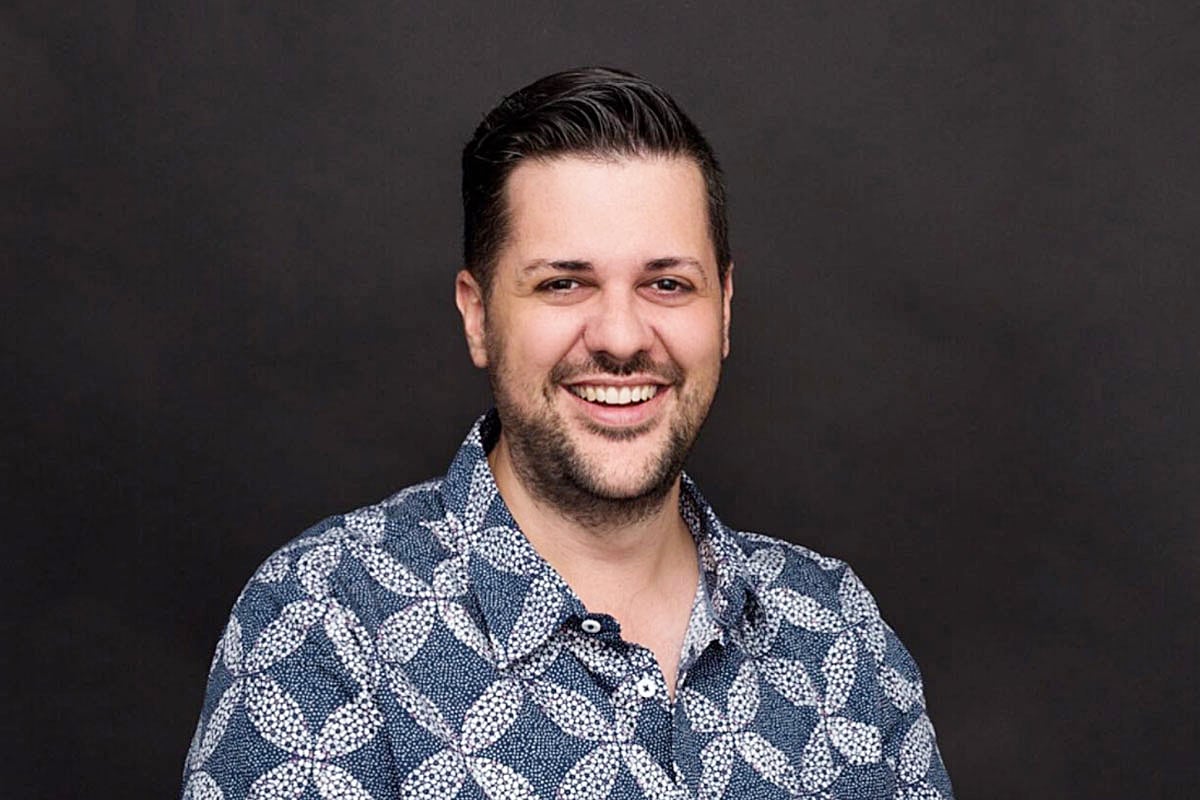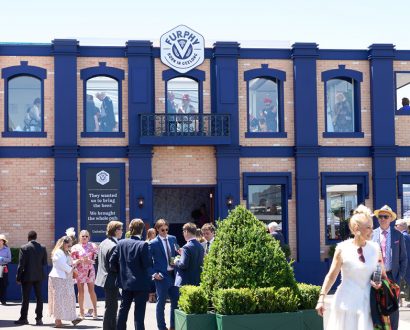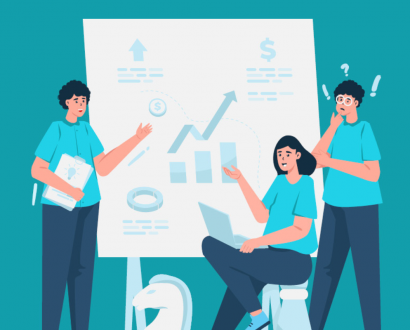It takes around ten rings before Jeremy Cabral picks up the phone. Most professionals would consider this sloppy form, but that’s far from the truth today. It has more to do with this 34-year-old quiet achiever’s estimated worth of US$22 million (A$30 million).
The ideal world would have no idea who Jeremy Cabral is if it wasn’t for the 2020 Australian Financial Review Young Rich List. And there’s a good reason for that: he’s had his head down for over a decade chipping away at a digital empire and doing the hard jobs no-one else wants to touch.
Stacking 20 kilogram bags of cow manure on greenhouse shelves six nights a week at age 14? He’s done it. Manually coding HTML web pages at age 15? He’s done it. Roaming industrial estates as a door-to-door salesman spruiking pens at age 16? He’s done it. Joining the US$186 million (A$250.4 million) global comparisons site Finder as a Co-Founder? He’s doing it.
“My mind was never focused on the physical work, but I think it gave me an appreciation of how hard it is to earn a crust,” Cabral says.
“In my life, I’ve always wanted to do whatever it takes to succeed and that probably means personal sacrifices that others aren’t willing to take.”
The unlikely Young Rich Lister
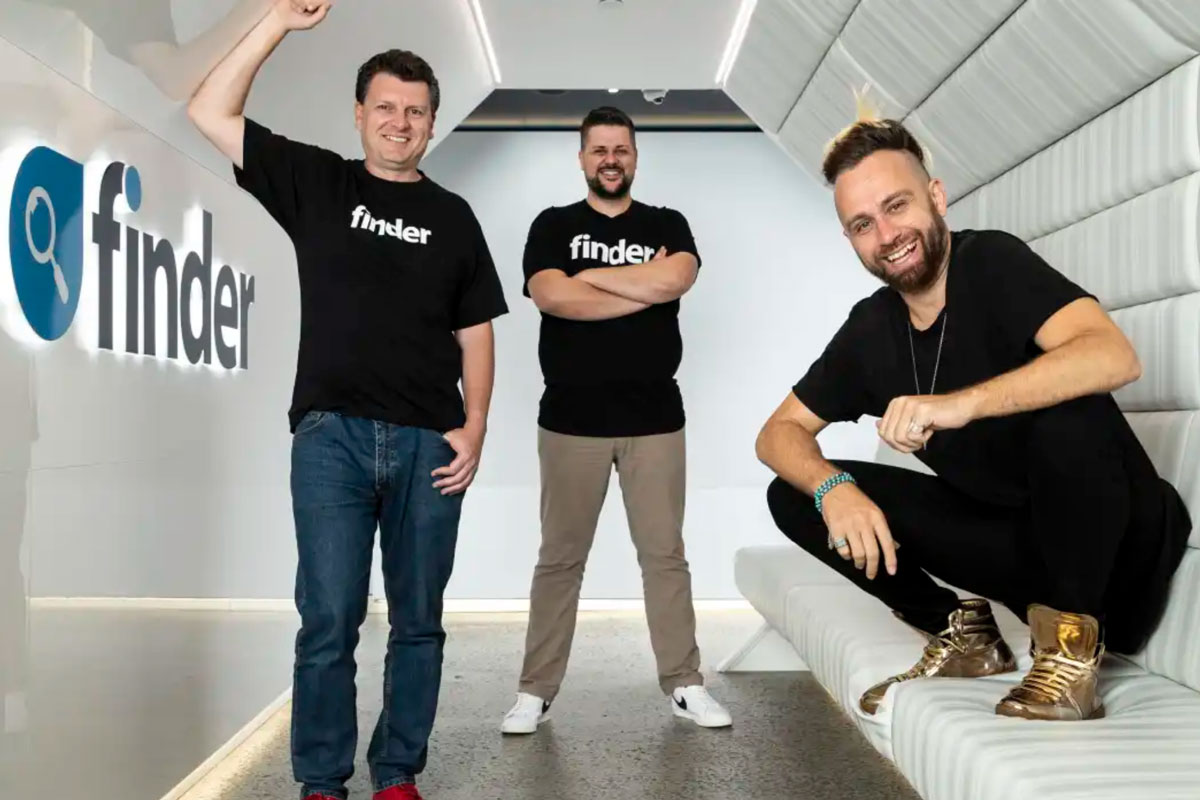
About 4.66 billion people populate the internet today and Cabral and his company are determined to claim a slice of that people pie.
Finder was founded in Australia by Fred Schebesta and his business partner Frank Restuccia back in 2006. Cabral met Schebesta in 2008 through a random tweet discussing the then-new iPhone’s potential. The duo formed a friendship by nerding out over search engine optimisation strategies, but it wasn’t until Schebesta faced his own page ranking dilemma with Google that Cabral was called to step in and help reinstate Finder’s diminishing web traffic.
With no existing how-to guide at the time, Cabral worked his magic and succeeded. This eventually led to an offer of the COO role alongside a 10 per cent stake in the startup with an opportunity to help run the business as Co-Founder.
“I think it’s my superpower to break down a complex problem into a series of parts and develop an action plan that gets it done,” he says. “I’ve been pretty obsessed with search engines and internet marketing in general for a long time.”
Since then, Cabral has been pivotal as Finder’s behind-the-scenes guy who’s helped reinforce the brand as Australia’s most visited product comparison site. He’s also overseen the company’s positive venture into the lucrative Northern Hemisphere market, which is a mission in itself.
If it weren’t for recent documents filed with the corporate regulator, which revealed Cabral’s US$22 million (A$30 million) holding of Finder, it’s likely he’d still be that behind-the-scenes guy tapping away on a keyboard instead of gracing the glossy pages of Australia’s wealthiest young entrepreneurs.
“I’m not one to seek attention but, for me, looking at it from the lens of what we’ve managed to achieve as a company, I have so much appreciation and respect for the crew who built the company we have today,” he says. “It’s really exciting to see where we’re going next.”
Where they’re going next isn’t nearly as cool as where they’ve come from.
Art of gaming the internet
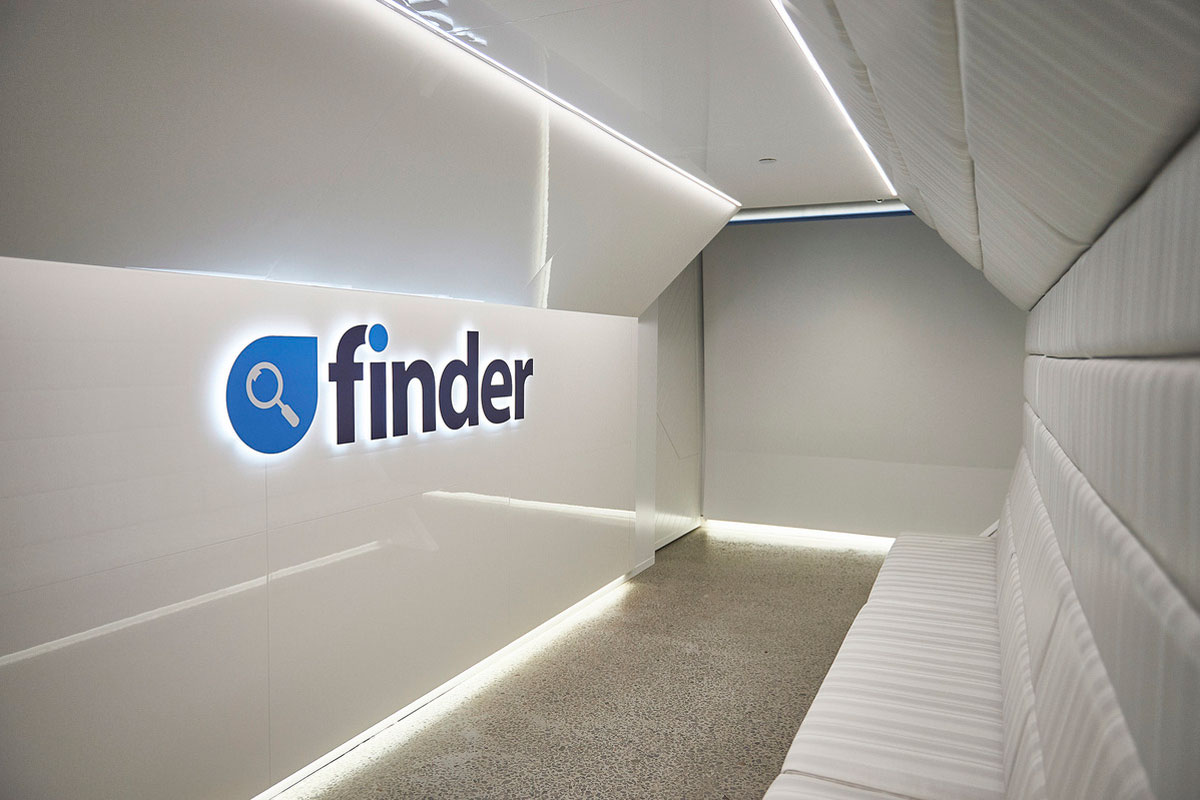
Google is the search engine that forms the gateway to delivering most of the world’s information to users. In one way, it can act as the modern-day Yellow Pages for businesses, products or services. Type in your topic of interest and there’ll be ranked pages fighting for every valuable click based on machine-perceived validity and relevance – the top of that list is where online consumers congregate and it’s where websites and businesses strive to be.
It’s never been a straightforward game to master, given Google’s penchant for periodically updating its search algorithm to keep content creators on their toes in the name of quality control.
Does Cabral worry about building an entire business on the back of an unpredictable platform that could wipe out their visibility at the tweak of an algorithm?
“In my mind, it’s not even a choice as to whether or not you can build your business on Google. It is the method for finding information on the internet.” he says.
“With the mission we have of educating people to make better decisions, content is critical towards that.
“We knew we had to be incredibly good at knowing exactly what our customers are looking for and, ultimately, that’s what Google was designing its algorithm around.”
Fundamentally, Cabral adds that any new or existing information channel comes with risks these days. He just thinks that they’ve been able to capitalise their strength on a channel like Google which they also happen to be confident framing their business around.
“There are obviously multiple channels and pathways that people come onto Finder through now because of the brand that it is today, so it’s not completely reliant on organic search,” he says.
“A large proportion of our revenue actually comes from other paid channels or paid marketing channels, but definitely the origins and early focus was on strong search visibility for our content.”
These days, Cabral and his team are looking more at an “omnichannel experience” to expand Finder’s content reach – the goal of any business with an online presence. Think video and social mediums. Additionally, he’s investing in innovation teams to model off the ventures models of other larger organisations to ensure their own ideas can get off the ground without excessive stakeholder input.
Ways to increase your website ranking
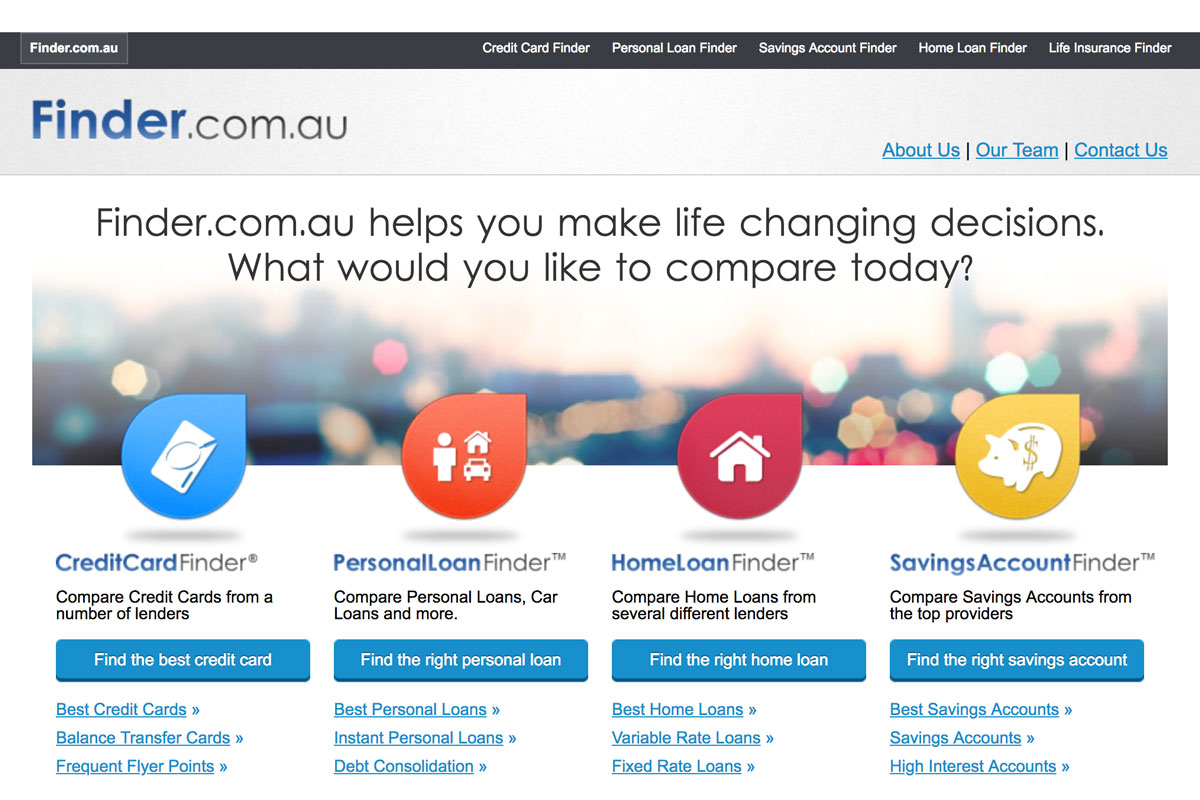
Given that Cabral has spent most of his working life unravelling Google’s search algorithm, it’s a no-brainer to borrow some pointers on creating high-impact content for businesses without impeding too much on his in-house secrets.
These are his tips for improving content to increase brand exposure and page authority:
- Everyone is always looking for a quick fix or quick returns. Look at SEO as a channel of multi-return – that is, it’s never designed to get results today.
- The biggest mistake I see most is when businesses don’t give their content a chance to breathe and come into its own.
- Convincing someone to get a budget to invest in a channel with three to six months to make it work is just not long enough.
- A long-term commitment to quality content is rewarded and that takes time and effort – not just effort, but a greater effort than your competition.
- When building your site, set your competition against the world’s best, not just local competition.
- Look at competitor sites from the UK and the US, and even ones in other languages, as you may find that they’ve solved your problem before.
- Always create your site to be better than any page on the internet and use your competition as reference points to improve your own product.
When it comes to winning international markets, Cabral takes this approach:
- Late finishes and early starts coming from one region is difficult, so try to bring in top-level executives who have been there and done it before.
- If you’re trying to build a self-driving car, hire someone who has built a self-driving car before. Seek people who have solved the problems you want solved.
- Organically hire people who will not only grow to contribute to the company but also accelerate your growth map and where you want to go next.
- This ensures you get it done right the first time with an investment that’s going to work, be done on time and pay off.
Coding his own multimillion dollar empire
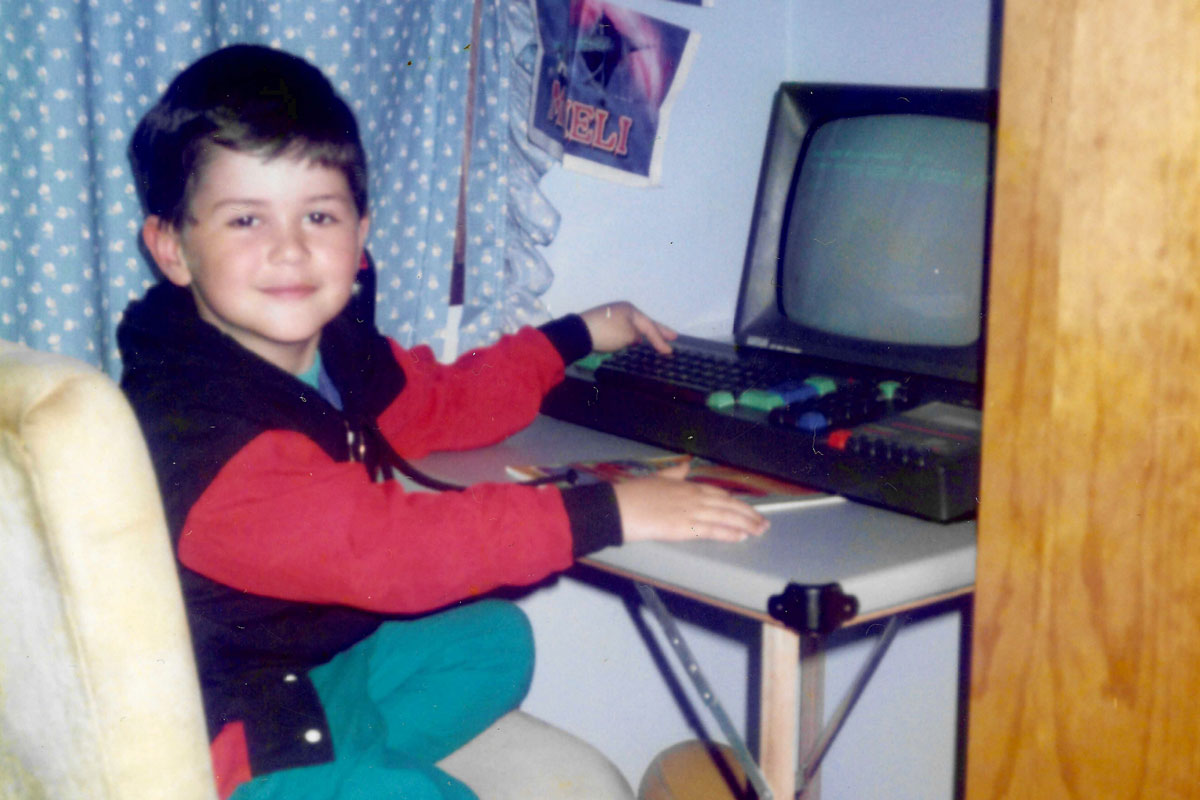
Growing up in Sydney’s working-class suburb of Campbelltown often comes with a few stigmas. Cabral is the perfect example of what can happen when you transcend those stereotypes with freakish levels of determination, a photographic memory and an immunity to the millennial-induced FOMO (fear of missing out).
“I remember there was this book in the shop window in Dick Smith or Tandy Electronics,” Cabral says.
“Every Thursday night shopping, I’d walk by the window and tell my mum I really wanted this book. It was a 1,000-page book on HTML coding called The HTML Bible. I got the book that Christmas, read it three times over and didn’t really know what to do with that information – I was a pretty unusual kid,” he laughs.
Thankfully, he found a good use for his newfound technical prowess – completing his sister’s group assignment. Cabral built a website for the 2000 Sydney Olympics and saved it onto a floppy disk for the group to submit. They subsequently received full marks and Cabral knew that he was destined for something more than just academic manipulation – and he wasn’t even 15 yet.
“It was the Anzac Day long weekend and I told myself, ‘OK, I’ve got two options here. There’s a four-day weekend and most have gone to maximise it by chilling out.’ But I was like, ‘I’m going to take market share this weekend.’”
But even prior to this, Cabral was already on track to becoming a serious force in Australia’s online landscape. At the age of five, his salesman father brought home an Amstrad that he’d won from work, one of those blocky PCs you’d find sitting in a museum today.
“You’d buy a computer game and you’d have to type in the lines of code yourself in order to use it. We had Solitaire and Mr. Heli – those were the two games I remember the most because I spent a couple of weeks loading them into the computer before I could play them,” he recalls.
He also credits his elder brother, who was six years his senior, for helping him grasp the early days of the PC quicker than most his age.
“I was part of a gifted program in my school where I spent a couple of weekends in a row learning about the internet,” Cabral says. “We set up an email address that ended with ‘@start.com.au’ – a web portal pre-Hotmail that launched in Australia. We learned how to build a website using a very basic WYSIWYG (What-You-See-Is-What-You-Get) approach.
“That spurred me on and I was fortunate that I had access to dial-up internet at home and my school. It was the early days and we had to go to the local computer store, line up, buy some credit, go home and load it up, and that was basically how we’d get the internet with 50 MB per week.”
The online space would soon become Cabral’s playground and he started flirting with the idea of launching businesses. By 15, he was pestering his parents to get an ABN. Fate it would seem was listening.
“I was into computers and websites and my dad came home one day – he had a successful career selling multimillion dollar mailing machines, but he was burned out,” Cabral says.
“He spent two weeks watching cricket on the couch and then he came out and said he wanted to start a company. During this time, all I wanted to do was start a company.
“He said it would be a promotional merchandising company and I thought to myself, ‘What the hell is promotional merchandise?’ I literally had no idea.”
Nonetheless, Cabral took it upon himself to ensure the business idea succeeded. He learned everything there was about starting a business from scratch at a time when not many people were computer literate.
“They’d wait till I came home from school in the afternoon and I’d type up the quotes, set up our letterheads, accounting systems and file management.”
When supplier catalogues got shifted to the family home, Cabral identified the direct supplier and found a way to increase their own margins by taking out the middleman. At the time, the family business involved door knocking and distributing promotional product pamphlets to businesses in industrial estates. They’d even open up the Yellow Pages and cold call businesses to lock in sales – a “numbers game”, as Cabral puts it.
Meanwhile, in the background, the website Cabral built for the family business was cooking along.
“Because I was exposed and understood the value of search so young, I thought this website could be pretty powerful,” he says. “Suppliers used to give us these CDs with all the product images and info but, often, if you wanted a customer to see those product details, you’d physically send them the CD and I thought that didn’t make sense.”
“So what I did was I downloaded all the pictures onto the computer and started publishing the information onto the web before the suppliers had even published it online themselves.
“They didn’t have their own website. So I used to open up Notepad on Windows and code everything line by line for the site. I scanned product catalogues from CDs and put them online and it meant that we were the only promotional product website on the internet in Australia that had such a breadth of catalogues on there.”
The supplier eventually caught on and asked Cabral senior how on earth they were moving so many products as a family-run operation out in the suburbs.
“He’d tell them, ‘My son put this stuff on the internet.’”
Fruits of old-fashioned discipline
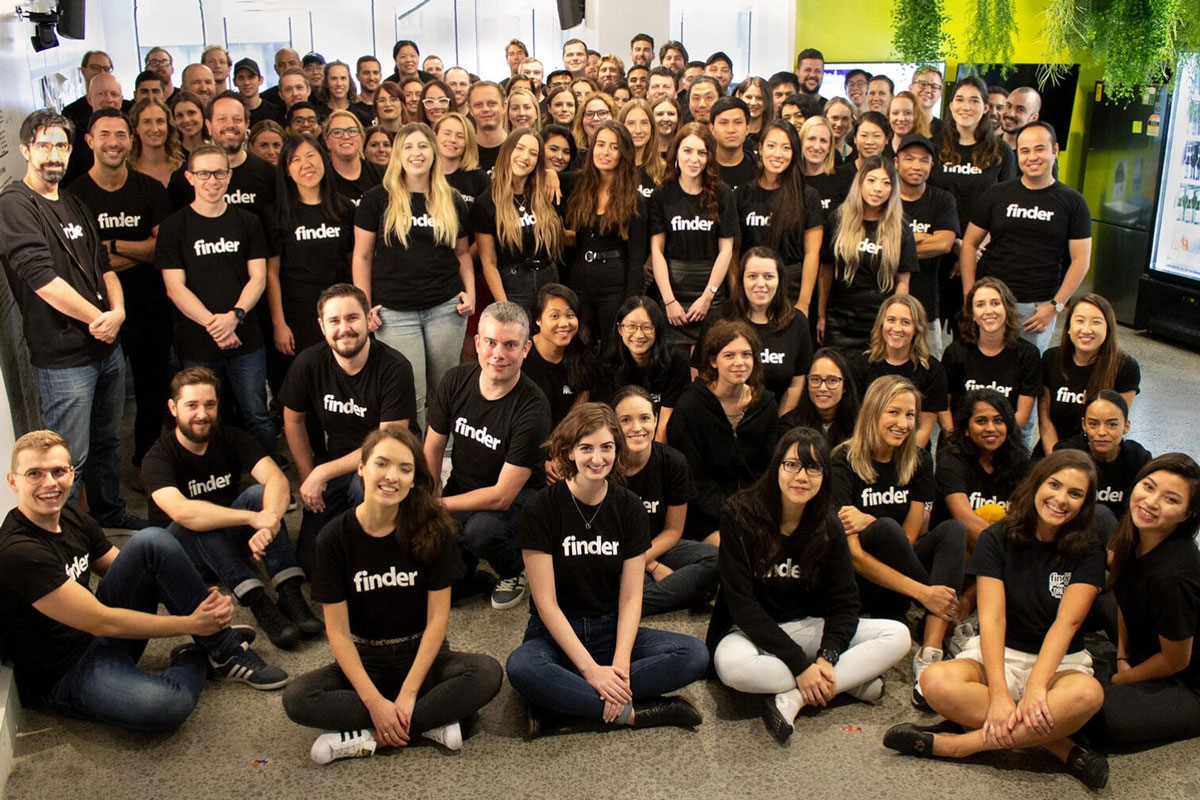
Cabral recalls a time in the early days of Finder long before any Young Rich Lister title.
“It was the Anzac Day long weekend and I told myself, ‘OK, I’ve got two options here. There’s a four-day weekend and most have gone to maximise it by chilling out.’ But I was like, ‘I’m going to take market share this weekend.’
“I worked every single hour of that weekend and we just crushed it.”
It’s not hard to notice that Cabral hasn’t changed much from that 14-year-old kid who was stacking manure on department store shelves at night when no-one else wanted to do it. The only difference now is that he’s doing it on a more scalable and lucrative stage.
“You just have to get above the noise and above what most people will do,” he says. “It’s not about staying within those boundaries. It’s about breaking through and being something different.
“Sometimes people look at things and they over complicate it. They think it’s impossible for an Australian company to succeed overseas because it’s already been done before. In some ways, that naivety is our approach; the belief that we can always be number one is what drives us.”
With more than 75 employees in their American office today, Finder’s Northern Hemisphere operation is currently breaking even – a significant milestone, which has taken Cabral and his team two to three years to achieve. He equates this process to starting the company for a second time.
Can he guarantee the same success twice?
“I always say luck is a perfect combination of preparation and chance,” he laughs.
“It’d be silly of me to say that there wouldn’t have been circumstances that worked in my favour, but I definitely think my work ethic, discipline and how serious I treat my career has always seen me work pretty hard comparatively to the people I know in my life.”
Just don’t ask him to finish your homework.
Read next: Why this 25-year-old quit partying to 3D print homes in Mexico

